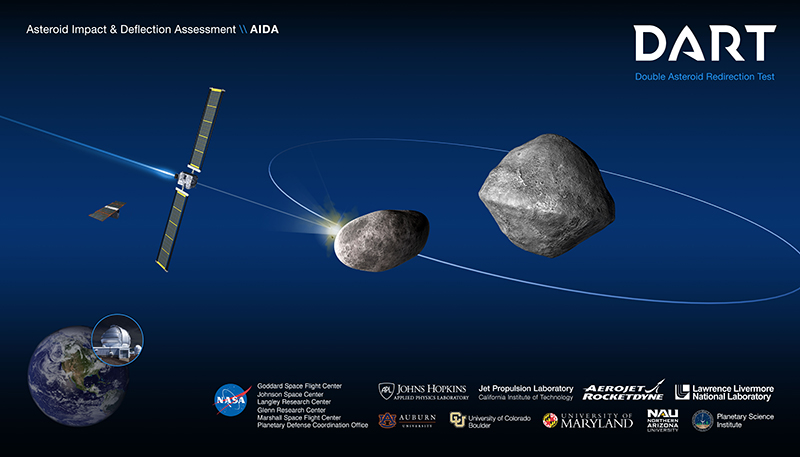Matt Estlea
Published on 30 Apr 2019In this video, I begin by making a natural edged bowl but then kind of lose my mind and start adding metal, and fire, and more metal….. and more fire.
_________________________________________________________________Support what I do by becoming a Patron! This will help fund new tools, equipment and cover my overheads. Meaning I can continue to bring you regular, high quality, free content. Thank you so much for your support! https://www.patreon.com/mattestlea
_________________________________________________________________See what tools I use here: https://kit.com/MattEstlea
My Website: http://www.mattestlea.com
_________________________________________________________________My name is Matt Estlea, I’m a 23 year old Woodworker from Basingstoke in England and my aim is to make your woodworking less s***.
I come from 5 years tuition at Rycotewood Furniture Centre with a further 1 year working as an Artist in Residence at the Sylva Foundation. I now teach City and Guilds Furniture Making at Rycotewood as of September 2018.
I also had 5 years of experience working at Axminster Tools and Machinery where I helped customers with purchasing tools, demonstrated in stores and events, and gained extensive knowledge about a variety of tools and brands.
During the week, I film woodworking projects, tutorials, reviews and a viewer favourite ‘Tool Duel’ where I compare two competitive manufacturers tools against one another to find out which is best.
I like to have a laugh and my videos are quite fast paced BUT you will learn a lot, I assure you.
Lets go make a mess.
May 2, 2019
Natural Edged Bowl with Bronze Powder | Turning Tuesday #14
NASA to export bullying off the Earth to small, harmless objects in the solar system
Colby Cosh on NASA’s latest plan for “nudging” an asteroid out of its orbit:
NASA has a plan — a serious plan, which it intends to carry out pretty soon — to smash a spacecraft into an object in the solar system and intentionally change its orbit. I confess I don’t quite know why this act of awesome American techno-hubris hasn’t been bigger news. I think partly it is because the mission comes under the heading of “planetary defence” against small natural objects straying into the path of the Earth. Science reporters on that beat are easily distracted by apocalyptic fantasies, and by smirking anthropology about the actually-quite-numerous band of researchers trying to deal with this arguably-quite-important subject.
Part of the problem may be that NASA’s mission to mess with the asteroid Didymos B is hidden under a mountain of technical jargon about “kinetic impactors” and “xenon thrusters.” And part of it is surely the hard-earned professional knowledge that NASA ends up implementing about one plan for every 10 it makes. Accountants have a way of showing up with an axe at the last minute.
Still, the idea is pretty neat, and not just because it appeals to everyone’s natural appetite for destruction. The basic premise of the DART (Double Asteroid Redirection Test) is that our planet may one day face the asteroid/meteor/comet collision scenario outlined in a vast corpus of books and movies (Lucifer’s Hammer, Armageddon, Deep Impact). If that day comes, we as a species don’t want to just be winging it — so let’s go out now, find some innocent chunk of rock that isn’t bothering anybody, and see if we already have the technological capability to change its course.
This turns out not to necessarily involve Bruce Willis or Robert Duvall; mostly we just need Isaac Newton. The scheme of planetary defence now emerging from decades of speculation and effort emphasizes systematic tracking of near-Earth objects and early detection of potentially dangerous ones. If we can spot an approaching impactor soon enough, we don’t need to deliver a bundle of explosives: we can just nudge it out of the way.
Humanity has been pretty lucky that the asteroid impacts have been relatively rare since we started keeping track of important things like the planting calendar, the seasonal flooding of the rivers, and the ever-important (to the rulers) tax records. It wouldn’t take a particularly large object hurtling into the atmosphere at interplanetary speeds to ruin our collective day (year, decade, century, etc.). We think we know how to divert incoming dangerous objects … but we need to actually do it successfully before it becomes the last headline of all recorded history.
The French Char B Tank – WORLD WAR TWO Special
World War Two
Published on 30 Apr 2019After the Great War was over, the French reconsidered their army’s function and the role that tanks would play in future warfare. On the brink of World War Two, the Char B tank is deeply embedded in the structure of the French armoured defences. David Willey from the Tank Museum in Bovington (UK) tells how French politics influenced how the Char B will be used if the Germans attack. To learn more about the technical details of the Char B, check out the Tank Chat that David Fletcher from the Tank Museum has done about the Char B-1 Bis: https://www.youtube.com/watch?v=tz8L1…
Check out the Tank Museum YouTube Channel right here: https://www.youtube.com/user/TheTankM…
Join us on Patreon: https://www.patreon.com/TimeGhostHistory
Or join The TimeGhost Army directly at: https://timeghost.tvFollow WW2 day by day on Instagram @World_war_two_realtime https://www.instagram.com/world_war_t…
Source list: http://bit.ly/WW2sourcesWritten and Hosted by: David Willey and Indy Neidell
Produced and Directed by: Astrid Deinhard
Executive Producers: Bodo Rittenauer, Astrid Deinhard, Indy Neidell, Spartacus Olsson
Creative Producer: Joram Appel
Post Production Director: Wieke Kapteijns
Research by: David Willey
Edited by: Wieke KapteijnsArchive by Screenocean/Reuters https://www.screenocean.com.
A TimeGhost chronological documentary produced by OnLion Entertainment GmbH.
From the comments:
World War Two
44 minutes ago (edited)
David Willey from the Tank Museum in Bovington (UK) explains brilliantly what impact French politics in the 1920s and 1930s had on the development and use of French tanks leading up to World War Two. On their own channel, the Tank Museums own David Flecher dives into the technical ins and outs of the Char B-1 tank. You can find that right here: https://www.youtube.com/watch?v=tz8L1FU74Rs Make sure to subscribe to their YouTube channel too, as it perfectly compliments the content that we show here. Cheers!
“Wuv, twue wuv”
Debra Soh talks about the neurobiology of “wuv”:
We all remember the first time we fell in love. No matter how strong or independent or free you thought you were, all at once, you became powerless in the face of feelings that, to others, seemed obsessive and irrational.
When you’re in that state, everything reminds you of the one you love. They become the center of your world. Friends say your face lights up when you talk about them. You can’t sleep, you can’t eat. The thought of being without them feels like losing a part of yourself.
There are biological reasons that explain why the experience of being in love feels so overwhelming. These emotions serve an evolutionary purpose. Specifically, they allow two people to bond in a way that increases the likelihood they’ll procreate and maintain an environment in which the resulting offspring survive.
Neurobiologists know that love usually occurs in three phases: lust, attraction and attachment. In the first phase, lust, sex hormones create physiological arousal; in the second phase, attraction, dopamine creates intense feelings associated with the object of one’s desire (often tipping into something that resembles real addiction); and in the third phase, attachment, occurring in established couples, oxytocin and vasopressin (the “cuddle hormones”) facilitate the long-term bonding required to raise children over a time span of years or decades.
Romantic love is an intangible state of mind. But we are coming to understand it more clearly through techniques such as functional magnetic resonance imaging. FMRI, as it’s known, measures brain activity by examining changes in blood flow and oxygenation. These studies typically have involved researchers showing study participants pictures of their lovers, and then contrasting the observed brain activity with the activity observed when the study subjects are shown pictures of friends of the same sex and a similar age.
One of the first fMRI studies in the field found a distinct network of brain regions associated with being, as described by the researchers, “truly, deeply, and madly in love.” These regions included the insula and anterior cingulate cortex, which are associated, respectively, with feelings of desire and happiness. Other regions included those linked to sexual arousal, such as the hypothalamus and amygdala.
Chicken Tikka Masala | Basics with Babish
Binging with Babish
Published on 28 Mar 2019Enter offer code “Babish” at Squarespace.com for 10% off your first purchase, or visit: http://smarturl.it/BWBsquarespace
One of my favorite curries is the beloved chicken tikka masala. You can make this dish at home by making your own curry powder and tikka masala sauce.
Shopping List:
+ For the curry powder:
1 stick cinnamon
1 whole nutmeg
2 dried bay leaves
1 Tbsp whole cloves
2 Tbsp cumin seeds
3 Tbsp coriander seeds
1 Tbsp cardamom
1 tsp red pepper flakes+ For the chicken tikka masala marinade:
1 cup full fat yogurt
2 inches ginger, grated
2 garlic cloves, grated
1 Tbsp of the homemade curry powder (above)
Kosher salt
Freshly ground pepper
Drizzle of olive oil
3 boneless, skinless, chicken breasts (cut into 1-inch cubes)+ For the tikka masala sauce
2 inches ginger, grated
1/2 small yellow onion, finely minced
2 cloves garlic, grated
1 small bird’s eye chili, finely minced
2 Tbsp vegetable oil
1 Tbsp tomato paste
1 heaping Tbsp homemade curry powder (above)
1 28-ounce can of crushed tomatoes
Pinch of white sugar
3/4 cup heavy creamOptional: serve with long grain basmati rice and cilantro garnish
Special Equipment:
Spice grinder or coffee grinder
H/T to Victor for the link.





